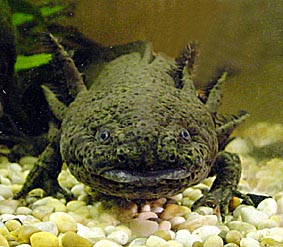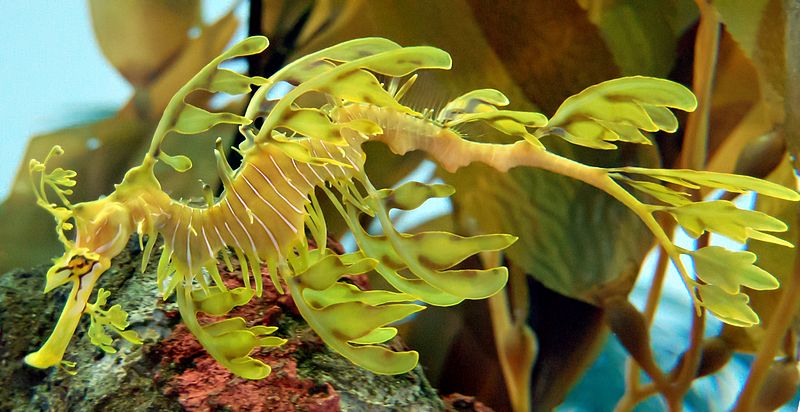The maned wolf (Chrysocyon brachyurus) is in South America. It is locally known as "guará guazú" which means 'large fox.' It is rated as Near Threatened by the IUCN.
Physical Features
Being the largest South American canid ( family of foxes, wolves, etc.), an adult stands 67 to 107 cm at shoulder height and weighs 20 to 245 kilograms. The maned wolf referred to as 'The Red Fox on Stilts' as the color of its fur resembles to that of a red fox, though the maned wolf is larger. They have very long and black legs. Their fur may be reddish brown to golden orange on the sides. As the name suggests, they have a black mane. They have a white mark beneath their throat which is called 'bib'. The maned wolf is also called the Skunk Wolf as its has a distinctive odor.
Distribution and Habitat
Diet
The maned wolf is specialized in capturing medium and small sized prey mainly rodents, birds and other small mammals. It is said that over 50% of their diet is vegetable matter such as tuber, sugarcane, etc. In zoos, they are currently fed meat and dog chow as well as different fruits and vegetables. Unlike other canids, such as gray wolves and African hunting dogs, the maned wolf does not hunt in packs.
Taxonomy
The maned wolf is not a fox, wolf, coyote, jackal or a dog but it is a canid which makes it a very interesting animal. It closest living relative is the bush dog. They do not have any other closely related canid. In 2009, the extinct Falkland Islands Wolf was the closest relative of the maned wolf in historical time, over 6 million years ago.
Source of pic 1






